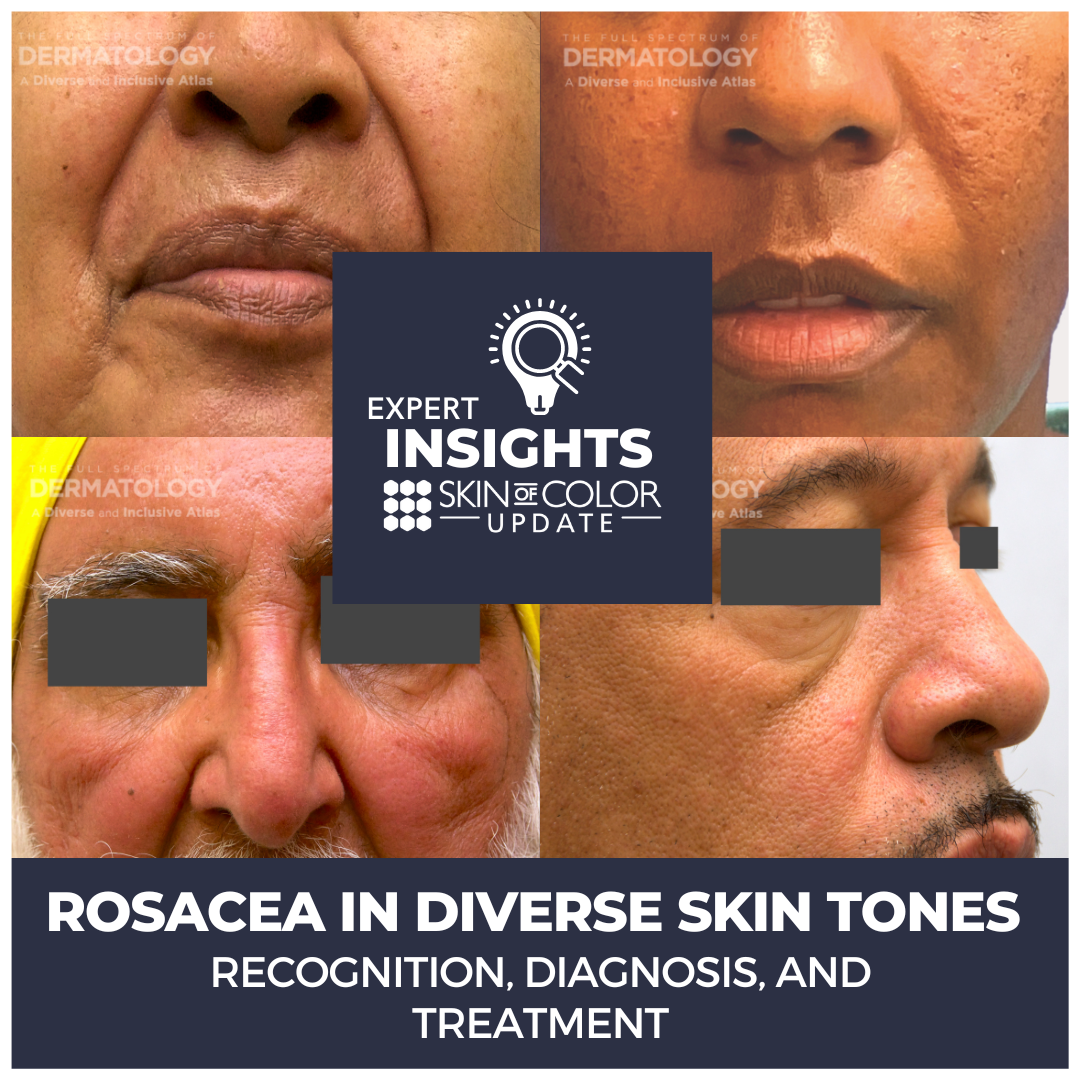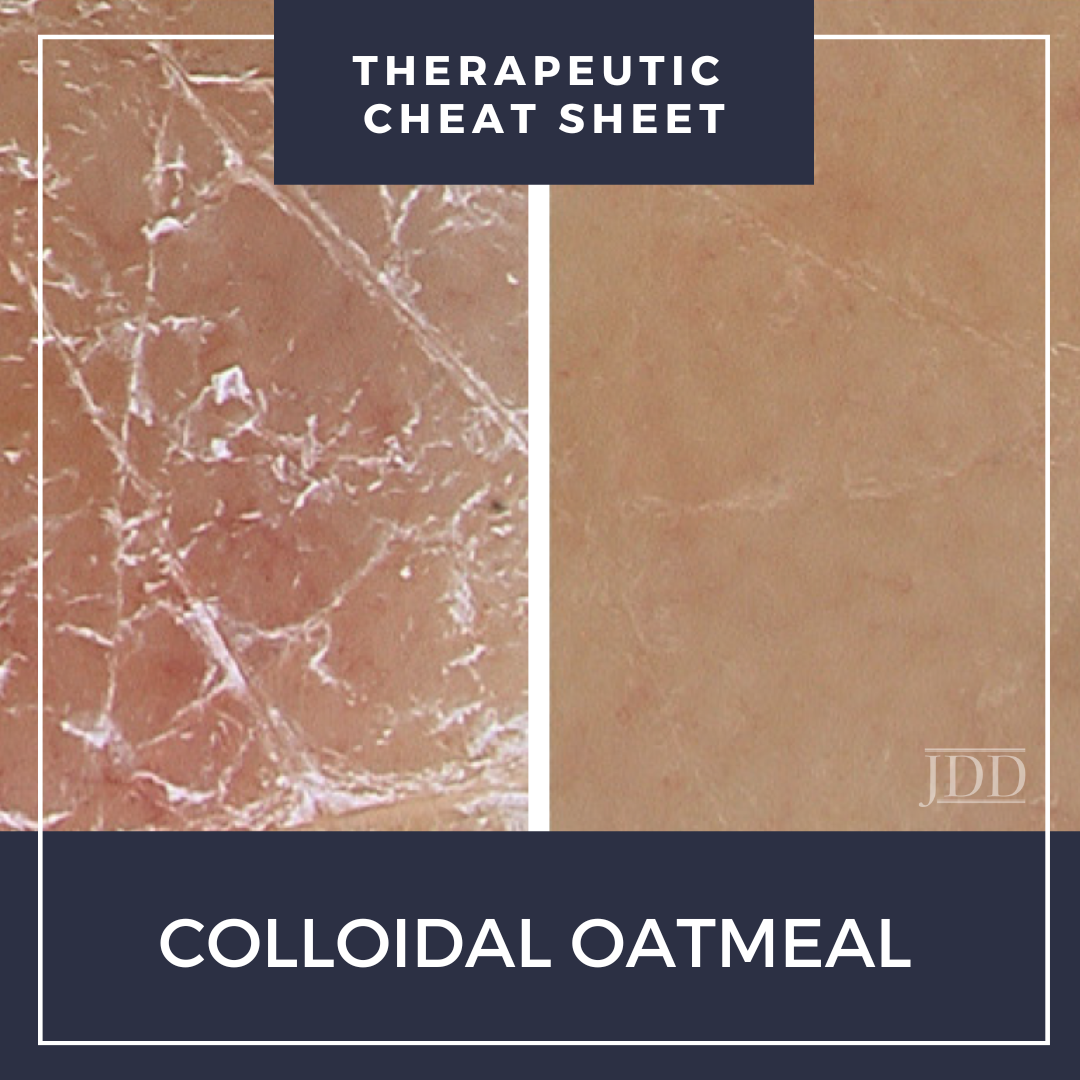JDD Buzz Series | The Burden of Melasma
 A study in the August Journal of Drugs in Dermatology addressed the burden of melasma – the populations most prone to melasma and the comorbidities associated with it. According to the study’s authors, a deeper understanding of the associations of race, ethnicity and comorbidities can help dermatologists determine which patients are at risk of developing melasma and as well as potential new pa …
A study in the August Journal of Drugs in Dermatology addressed the burden of melasma – the populations most prone to melasma and the comorbidities associated with it. According to the study’s authors, a deeper understanding of the associations of race, ethnicity and comorbidities can help dermatologists determine which patients are at risk of developing melasma and as well as potential new pa …
 A study in the August Journal of Drugs in Dermatology addressed the burden of melasma – the populations most prone to melasma and the comorbidities associated with it. According to the study’s authors, a deeper understanding of the associations of race, ethnicity and comorbidities can help dermatologists determine which patients are at risk of developing melasma and as well as potential new pa …
A study in the August Journal of Drugs in Dermatology addressed the burden of melasma – the populations most prone to melasma and the comorbidities associated with it. According to the study’s authors, a deeper understanding of the associations of race, ethnicity and comorbidities can help dermatologists determine which patients are at risk of developing melasma and as well as potential new pa … 

 The Journal of Drugs in Dermatology welcomes 2024 with a strong line up of original articles, case reports, brief communications, and letters to the editor. Straight from the Editor's desk, we share this month's issue highlights!
ORIGINAL ARTICLES
Current Landscape of Hyaluronic Acid Filler Use in the United States shares the results of a comprehensive search of all the FDA approved dermal fill …
The Journal of Drugs in Dermatology welcomes 2024 with a strong line up of original articles, case reports, brief communications, and letters to the editor. Straight from the Editor's desk, we share this month's issue highlights!
ORIGINAL ARTICLES
Current Landscape of Hyaluronic Acid Filler Use in the United States shares the results of a comprehensive search of all the FDA approved dermal fill …  The June issue of the Journal of Drugs in Dermatology (JDD) features original articles with topics ranging from pediatric acne, rosacea, androgenetic alopecia, precision medicine, infantile hemangiomas, and many more. Check out this month’s issue highlights straight from the JDD Editor’s desk:
The Many Faces of Pediatric Acne: A Practical Algorithm for Treatment, Maintenance Therapy, and …
The June issue of the Journal of Drugs in Dermatology (JDD) features original articles with topics ranging from pediatric acne, rosacea, androgenetic alopecia, precision medicine, infantile hemangiomas, and many more. Check out this month’s issue highlights straight from the JDD Editor’s desk:
The Many Faces of Pediatric Acne: A Practical Algorithm for Treatment, Maintenance Therapy, and …  We have probably all seen a patient with rosacea. After all, it is quite common in middle-aged, fair-skinned women. Here, however, we will explore a talk given by Dr. Hilary Baldwin (Medical director of the Acne Treatment & Research Center in Morristown, NJ and Brooklyn, NY, and Clinical Associate Professor of Dermatology at Rutgers Robert Wood Johnson Medical Center) at the 2022 Skin of Color …
We have probably all seen a patient with rosacea. After all, it is quite common in middle-aged, fair-skinned women. Here, however, we will explore a talk given by Dr. Hilary Baldwin (Medical director of the Acne Treatment & Research Center in Morristown, NJ and Brooklyn, NY, and Clinical Associate Professor of Dermatology at Rutgers Robert Wood Johnson Medical Center) at the 2022 Skin of Color …  Oatmeal has been used as a skin care ingredient since 2000 BC in ancient Egypt, where whole oats were used in soothing baths. Colloidal oat has been the subject of dedicated skin care research starting in the 1950s. After > 30 clinical studies comprised of over 3000 patients including conditions associated with a compromised skin barrier, colloidal oat is now recognized as a skin protectant by …
Oatmeal has been used as a skin care ingredient since 2000 BC in ancient Egypt, where whole oats were used in soothing baths. Colloidal oat has been the subject of dedicated skin care research starting in the 1950s. After > 30 clinical studies comprised of over 3000 patients including conditions associated with a compromised skin barrier, colloidal oat is now recognized as a skin protectant by …